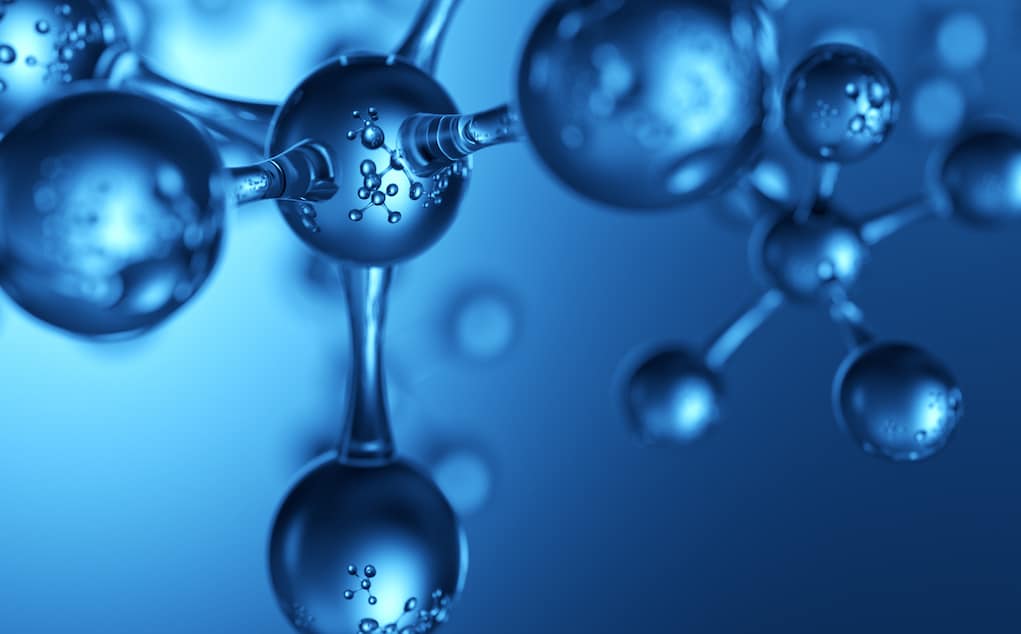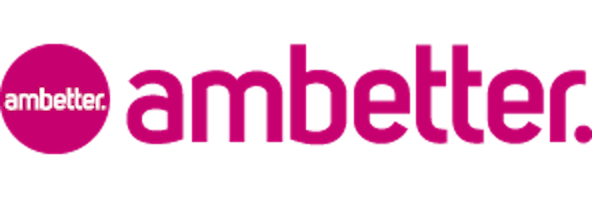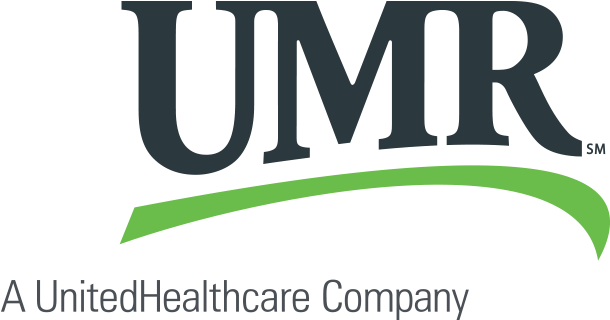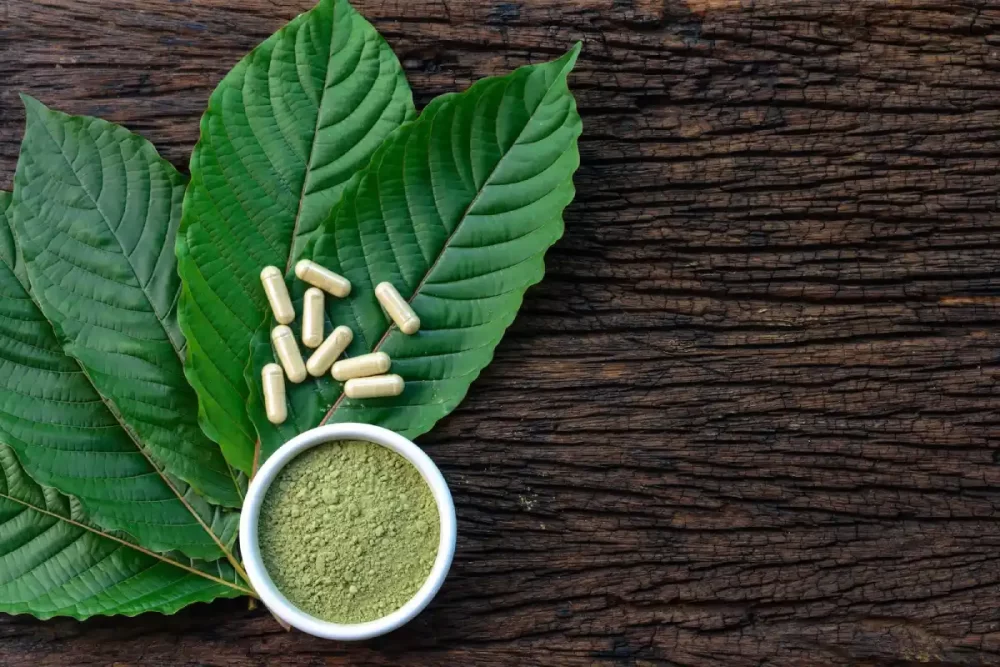Table of Contents
There is no “one-and-done” method for substance abuse recovery to get and keep someone sober. However, with recent advances in the treatment realm, some methods can get someone sober much quicker and with minimal withdrawal symptoms than traditional methods. Seem too good to be true? Fortunately, it may not be.
Introducing NAD+ therapy. While in existence since the 1960s for substance abuse treatment, few people know about this therapy, its benefits, and how to utilize its service.
What is NAD?
Nicotinamide adenine dinucleotide (NAD) is an essential key compound present in almost all cells in a living creature. The purpose of NAD is to fuel metabolic processes, regulate gene expression, and repair DNA, among many other things. Without this powerful coenzyme, carbohydrates, fats, and amino acids would not be able to metabolize, causing a host of problems in the body. Therefore, depletion of NAD in the body is linked to various disorders, including depression, anxiety, chronic fatigue, age-related diseases, and even addiction.
Additionally, these disorders further deplete levels of NAD in the body, worsening symptoms and keeping the sufferer in a seemingly hopeless battle for well-being. Fortunately, there is a way to restore NAD levels, typically causing a subsiding, or even removal, of the disorders altogether.
How to Restore NAD Levels through IV Therapy
NAD+ IV therapy is an emerging vitamin therapy that brings light to the grimmest situations. Intravenous therapy is beneficial in restoring low NAD levels because it delivers a high dose of this coenzyme directly to the bloodstream, bypassing the stomach, which takes longer to digest. With this high dose, NAD levels are optimized, increasing the user’s energy.
One of NAD+ therapy’s most praised attributes is that the user feels an overall sense of clarity, focus, and well-being when administered this therapy. Furthermore, because NAD is notorious for alleviating pain, people who have become addicted to prescription painkillers can still get the help they need, but this time through a holistic, non-addictive approach. When pertaining to substance abuse, depending on the severity of addiction, NAD+ IV therapy is administered between 4 to 14 days. Therefore, the person looking for relief from drug or alcohol addiction must follow the recommended protocol from the qualified doctor administering NAD to receive all the benefits of using such treatment.
How NAD+ Therapy Helps Treat Addiction
Detox can feel overwhelming to someone addicted to drugs or alcohol. The thought of unpleasant withdrawal symptoms can even keep someone in the cycle of using substances to avoid such consequences. However, with brain healing therapy, like NAD+ therapy, there is a way to detox with minimal withdrawal symptoms, getting a person on the path of recovery much quicker than many other traditional methods.
NAD+ therapy works by:
- flushing all drugs out of the user’s system
- curbing the desire to use the drugs and lessening the pain of withdrawal
- boosting the body’s energy levels without the crash or jitters that caffeine comes with
NAD+ therapy differs from other methods of substance abuse detox in that it is natural (compared to pharmaceutical drugs like Suboxone), restorative (helps cells heal), and protective (preserves the structure and function of the nervous system).
NAD+ Therapy Plus Support
While NAD+ therapy is a great beginning to recovery from substance abuse, it is just that: a beginning. Recovery cannot be found in a quick fix, nor is it a one-step-and-done path to long-term sobriety. True, lasting recovery can only be found in day-to-day living with regular support. As such, only when combined with inpatient/outpatient rehab, detox, and/or consistent therapy can NAD+ therapy be a powerful tool for lifelong sobriety.
Source:
Infinite Recovery has strict sourcing guidelines and relies on peer-reviewed studies, academic research institutions, and medical associations for our references. We avoid using tertiary references as our sources. You can learn more about how we source our references by reading our editorial guidelines and medical review policy.
1. Braidy N, Villalva MD, van Eeden S. Sobriety and Satiety: Is NAD+ the Answer? Antioxidants (Basel). 2020;9(5):425. doi:10.3390/antiox9050425
















